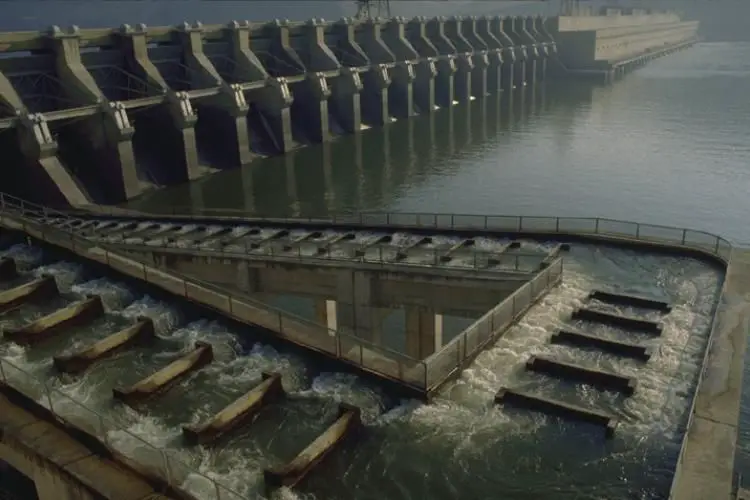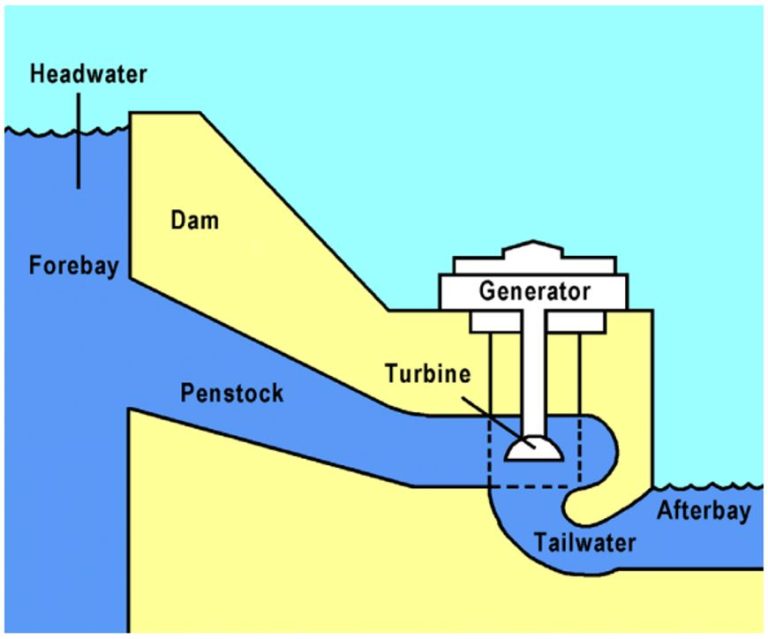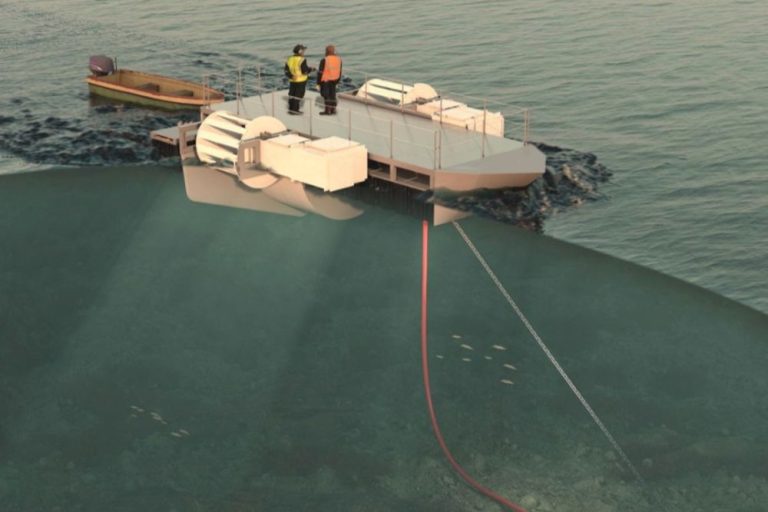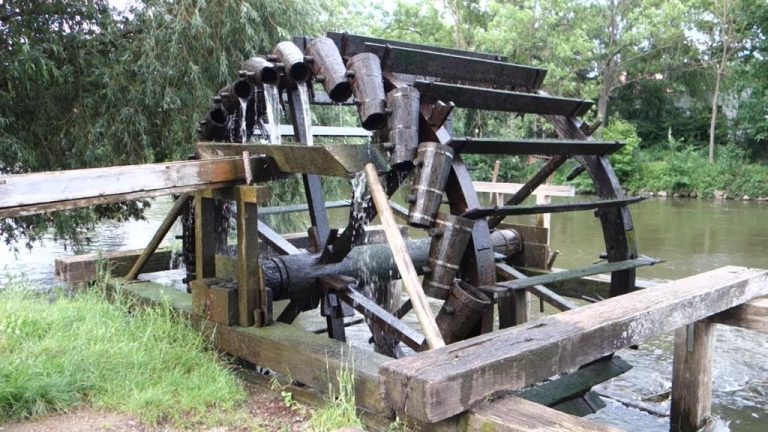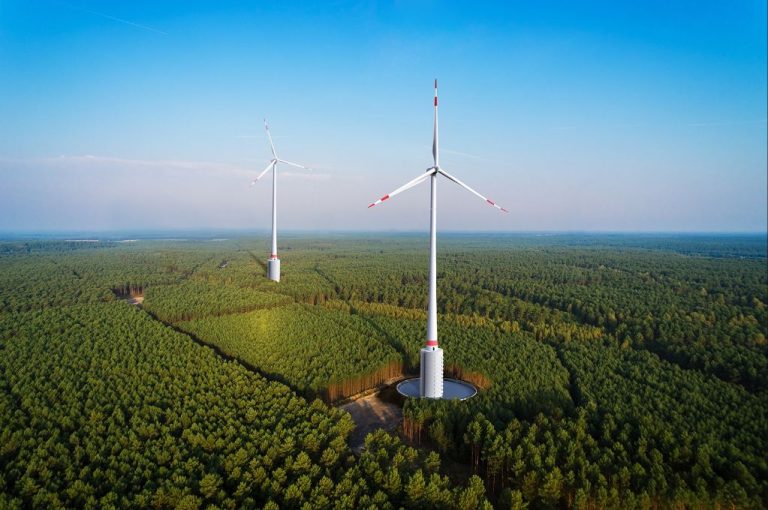Which Dam Produces Most Electricity In Kenya?
Kenya has seen rising energy demands over the past decade as the country continues to develop economically and its population grows. To help meet electricity needs, Kenya relies heavily on hydropower from dams situated on various rivers across the country. While some smaller dams contribute, most of Kenya’s hydroelectricity comes from several large facilities. This article examines the major dams in Kenya and ranks them by electricity production capacity. Understanding the capabilities of these vital generators helps illustrate the importance of hydropower to the nation.
Importance of Hydropower in Kenya
Hydropower plays a crucial role in Kenya’s electricity generation. According to a 2020 report, hydropower accounts for approximately 50% of the total installed capacity in Kenya (SDG7 Implementation: The Kenyan Scenario). The country has set ambitious goals to increase renewable energy production. The government aims to achieve 100% universal energy access by 2030, with at least 70% from renewable sources like hydropower, geothermal, solar and wind power (Kenya seeks to increase efforts in renewable energy). Developing hydropower capacity is essential for Kenya to meet its renewable energy targets and provide affordable, reliable electricity nationwide.
Leading Dams by Generation Capacity
Kenya relies heavily on hydropower dams to generate electricity. The leading dams in Kenya by generation capacity are:
- Gitaru Dam – This 225MW dam located in Nairobi is the largest hydropower plant in Kenya (Source).
- Kiambere Dam – The second largest dam with an installed capacity of 168MW. Kiambere is located along the Tana River (Source).
- Turkwel Dam – This 106MW dam situated in the Rift Valley province ranks third in terms of generation capacity (Source).
- Sondu Miriu Dam – Located near Kisumu, this 60MW dam provides irrigation water and power generation (Source).
- Masinga Dam – The 40MW Masinga facility regulates water flow to downstream power plants (Source).
As of early 2024, Kenya had an installed hydropower capacity of 471MW, accounting for over 86% of its total electricity generation (Source). Gitaru, Kiambere and Turkwel are the three largest dams powering the country.
Masinga Dam
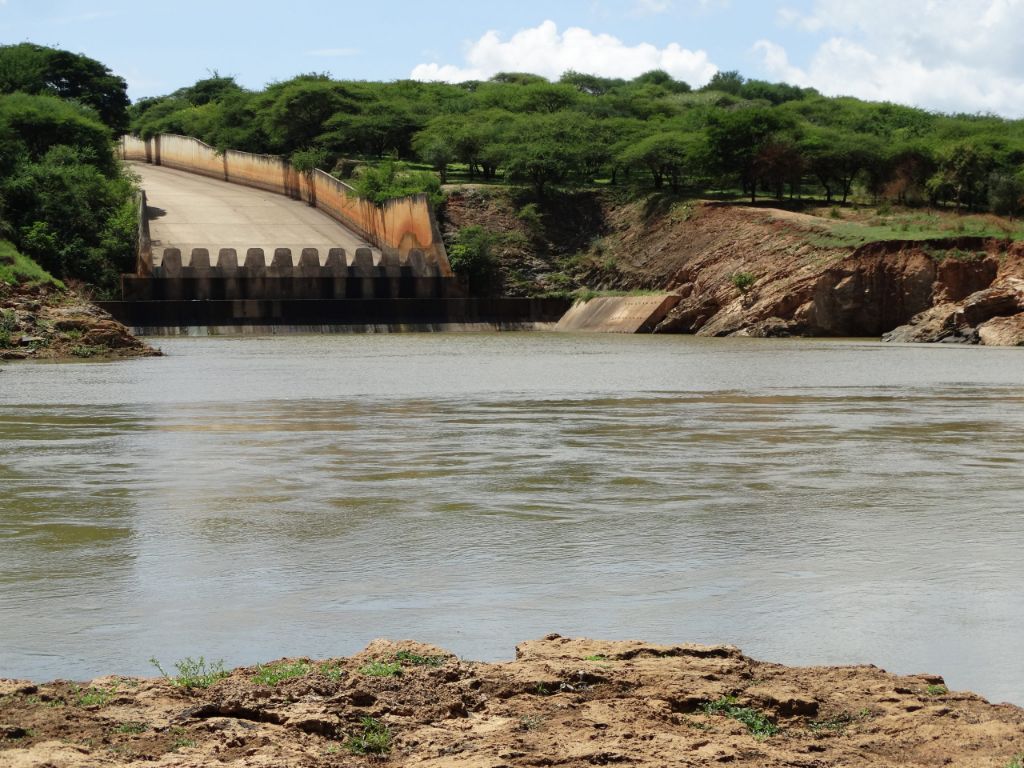
The Masinga Dam, located across the Tana River in Central Kenya, is the largest hydroelectric power station in the country in terms of generation capacity. The dam has a height of 60 meters and a length of 2,200 meters (https://en.wikipedia.org/wiki/Masinga_Hydroelectric_Power_Station). The main purpose of Masinga Dam is to regulate the flow of the Tana River and to generate hydroelectric power.
The reservoir formed by the dam, also called Masinga Reservoir, has a total capacity of 1.56 billion cubic meters, making it the largest man-made lake in Kenya (https://tarda.go.ke/masinga-dam-reservoir/). Construction on Masinga Dam began in 1978 and was completed in 1981. The dam and power station are owned and operated by Kenya Electricity Generating Company (KenGen). Masinga has an installed capacity of 40 MW from 3 x 13.3 MW Francis turbines. The dam provides regulation for four downstream power stations along the Tana River.
Kiambere Dam
The Kiambere Dam is located along the Tana River in Embu County, Kenya. Construction on the dam began in 1986 and was completed in 1991. The dam was built and is owned by the Kenya Electricity Generating Company (KenGen).
The Kiambere Dam is an embankment dam with a height of 110 meters and a length of 520 meters. The dam creates a reservoir with a total capacity of 585 million cubic meters. The reservoir has a surface area of 41 square kilometers.
The Kiambere Dam houses three Francis turbine generators with a combined installed capacity of 168 MW. The generators entered service between 1988 and 1991. Kiambere was the first large dam built in Kenya after independence and helped meet the country’s growing electricity demand.
In 2006, the Kiambere Dam underwent rehabilitation and modernization to extend its service life and increase generating capacity. The $70 million project was completed in 2009.[1] Upgrades included replacing equipment, enhancing flood handling capability, and increasing capacity to 174 MW.
Today, the Kiambere Dam is one of the largest hydropower stations in Kenya. It generates about 10% of the country’s electricity.[2] Kiambere provides baseload power and helps regulate grid frequency.
Turkwel Dam
The Turkwel Dam is located on the Turkwel River in northwestern Kenya, approximately 135 km northwest of Eldoret. It is an arch dam with a height of 153 meters, making it the tallest dam in Kenya. [1]
The Turkwel reservoir has a surface area of 121 km2 and a storage capacity of 1,631 million m3. Construction on the dam began in 1986 and was completed in 1991. The installed capacity of the Turkwel power station is 106 MW with six 17.5 MW Francis turbine-generators. [2]
The Turkwel Dam project was funded by the government of Kenya along with loans from international lenders. The dam and power station are currently owned and operated by the Kenya Electricity Generating Company (KenGen).
Sondu Miriu Dam
The Sondu Miriu Dam is located on the Sondu River in western Kenya near Kisumu (Wikipedia). It was completed in 2007 and has a storage capacity of 1.1 million cubic meters. The 60 MW dam is owned and operated by KenGen. It has 3 turbine generators with a capacity of 20 MW each that produces over 245 GWh annually, providing power to over 250,000 homes (Power Technology).
The dam was constructed to provide renewable hydroelectric power and help curb power shortages in Kenya. However, its construction also resulted in the displacement of over 10,000 people who previously lived along the Sondu River. Overall, the Sondu Miriu Dam plays an important role in Kenya’s renewable energy infrastructure as the third largest hydroelectric dam in the country.
Gitaru Dam
The Gitaru Dam is located on the Tana River in Kenya, about 120 km northeast of Nairobi (https://en.wikipedia.org/wiki/Gitaru_Hydroelectric_Power_Station). It was constructed between 1978 and 1999 and created a reservoir with a surface area of 11 km2. The main purpose of the dam is hydroelectric power generation. It supports the Gitaru Power Station, which has an installed capacity of 225 MW (https://www.power-technology.com/marketdata/gitaru-kenya/).
The Gitaru Dam is owned and operated by the Kenya Electricity Generating Company (KenGen). It is an embankment dam made of rockfill with a clay core. The power station contains two 112.5 MW Francis turbine-generators. The dam is 140 meters tall and 720 meters long. Construction was funded by the World Bank and the Government of Kenya at a cost of US$480 million (https://www.wikiwand.com/en/Gitaru_Hydroelectric_Power_Station).
Kamburu Dam
The Kamburu Dam is located on the Tana River in central Kenya about 120km north east of Nairobi. The dam was completed in 1974 and created the Kamburu Reservoir that covers an area of 3.2 square kilometres. The 93 metres tall dam was built by an Italian construction company and is owned and operated by the Kenyan government through the Kenya Electricity Generating Company (KenGen).
The Kamburu Dam has an installed generating capacity of 94 megawatts from four Francis turbine generators. The reservoir’s minimum operating level is 2,041 feet and the maximum 2,100 feet, with a surface area between 1.2 and 3.2 square kilometres. The dam helps regulate the flow of the Tana River and provides water for irrigation downstream in addition to generating electricity.
The Kamburu Dam was the first major dam built on the Tana River and paved the way for other dams such as the Kindaruma and Kiambere dams further downstream. While contributing substantially to Kenya’s electricity supply, the dam has also raised environmental concerns regarding disruption of the river ecosystem and impacts on communities living along the Tana River.
Conclusion
When looking at Kenya’s largest and most productive hydroelectric dams, Masinga Dam stands out as the facility generating the most electricity in the country currently. With an installed capacity of 40MW from 3 turbines, Masinga Dam has the ability to produce more power than any other dam in Kenya. Located along the Tana River and completed in 1981, Masinga is vital for both electricity generation and water storage/irrigation. While other major dams like Kiambere, Turkwel, Sondu Miriu, and Gitaru contribute valuable hydropower as well, Masinga remains Kenya’s most productive hydro dam in terms of electricity generated.

